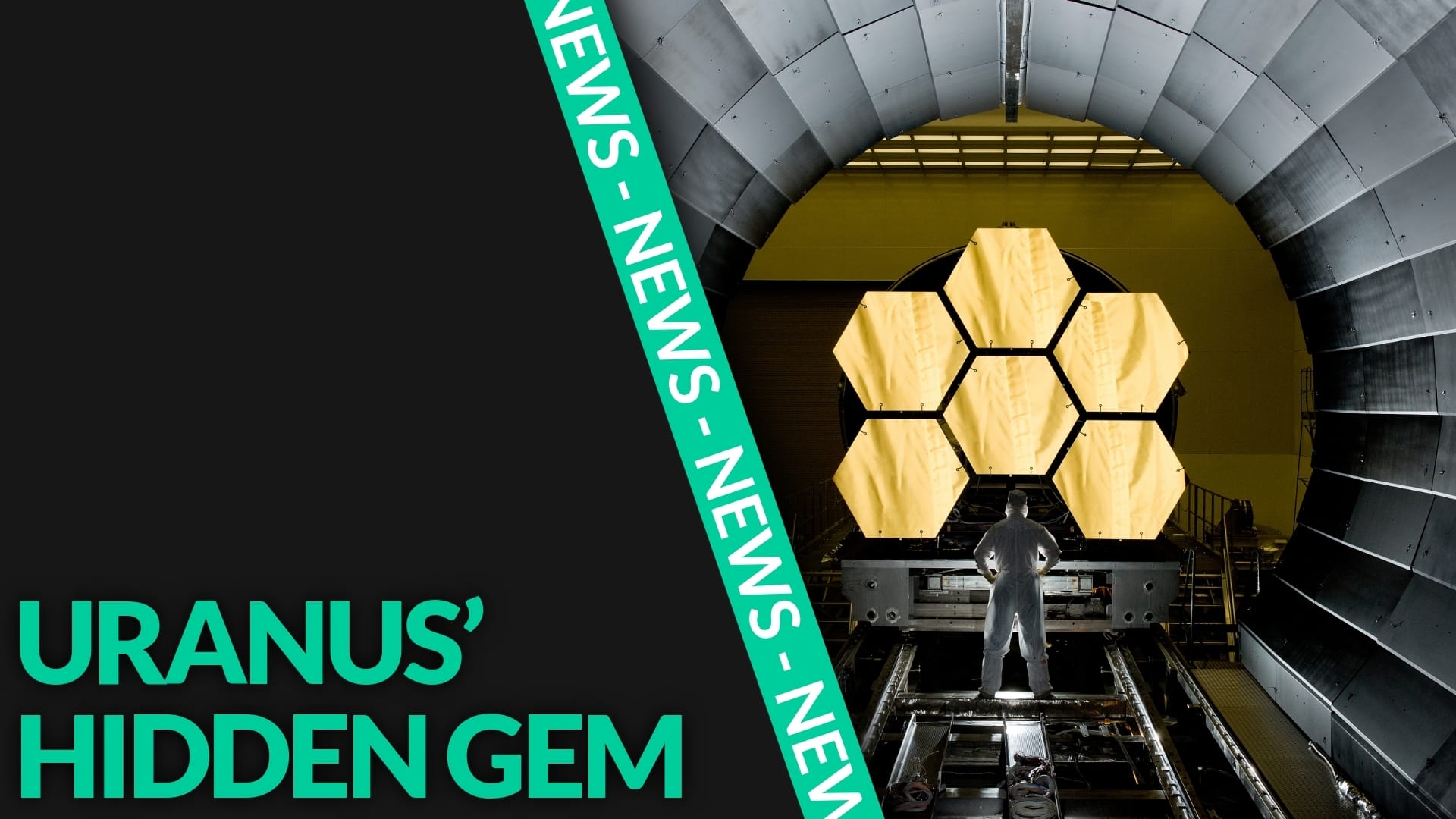
In a fascinating twist that should excite space enthusiasts and skeptics alike, NASA’s James Webb Space Telescope has unveiled a previously unseen moon orbiting Uranus—marking a significant moment in astronomical research nearly 40 years after Voyager 2’s historic flyby of the distant planet. The new moon, now recognized as Uranus’ 29th moon, clocks in at around six miles in diameter and orbits between the planet’s rings and its known moons, Ophelia and Bianca. This discovery reinforces the complexities of Uranus’ inner moon system, which has intrigued scientists for decades due to its chaotic dynamics.
The Webb Telescope achieved this remarkable feat during a long exposure observation on February 2, 2025. Utilizing its state-of-the-art Near-Infrared Camera (NIRCam), the device captured a series of ten long-exposure images that ultimately revealed the elusive moon. As Maryame El Moutamid, a lead scientist from the Southwest Research Institute, stated, it’s surprising that this little moon slipped under the radar of both NASA’s Voyager 2 and previous Earth-based observations—suggesting there are still hidden gems waiting to be discovered within our solar system.
Uranus is known for having a distinctively diverse and dense set of inner moons. With the addition of this new moon, scientists acknowledge that Uranus holds more small inner moons than any other planet in our solar system. The crowded inner system’s dynamics provide a wonderful canvas for researchers to explore theories about the formation and evolution of celestial bodies. Matthew Tiscareno from the SETI Institute commented on the astounding complexity of this moon system, hinting at a tumultuous past that may have contributed to the current arrangement of moons and rings surrounding Uranus.
Voyager 2 was the first spacecraft to conduct a detailed exploration of Uranus in January 1986. It provided humanity with our first close-up views of the planet’s unique features. However, it missed this small moon, showcasing how technological advancements in astrophysics have since galvanized our exploration capabilities. The findings from Webb illustrate that our understanding of the solar system is still very much in its infancy, fuelled by modern technology and relentless curiosity.
The young moon’s relatively faint and diminutive nature likely played a crucial role in its previous invisibility, leading researchers to suggest that Uranus’ system may harbor even more unknown moons yet to be detected. Given that this moon sits approximately 35,000 miles from Uranus’ center, it occupies a unique place among the other moons, fitting seamlessly into the planet’s complex gravitational ballet. Its circular orbit indicates that it may have formed where it currently resides, granting hints about the conditions of the ancient solar system.
The James Webb Space Telescope has already proven its worth since its launch, shining bright in the world of astrophysics with its high resolution and infrared sensitivity. It is poised to revolutionize our understanding of the outer solar system, pushing the boundaries of what we thought we knew. Space exploration is more than just satisfying our curiosity; it’s about asserting human ingenuity and the relentless quest for knowledge. With Webb’s advanced technology, the objective is not merely to spot celestial bodies but to unravel the mysteries behind their existence, their formation, and their implications for understanding life beyond Earth.
As the astronomical community celebrates this significant finding, it stands as a powerful testament to the importance of investing in cutting-edge scientific research. Indeed, this discovery underscores the value of continuing to explore and expand our understanding of the universe, while also paying homage to past missions such as Voyager 2 that paved the way for today’s cutting-edge technologies.
In summation, as we stand on the shoulders of giants—those who designed and executed the Voyager missions—we are now encouraged by the freshly uncovered mysteries of Uranus and its 29 moons. The future of space exploration is undeniably bright, with the best yet to come as we continue charting the untamed frontier of our universe.















